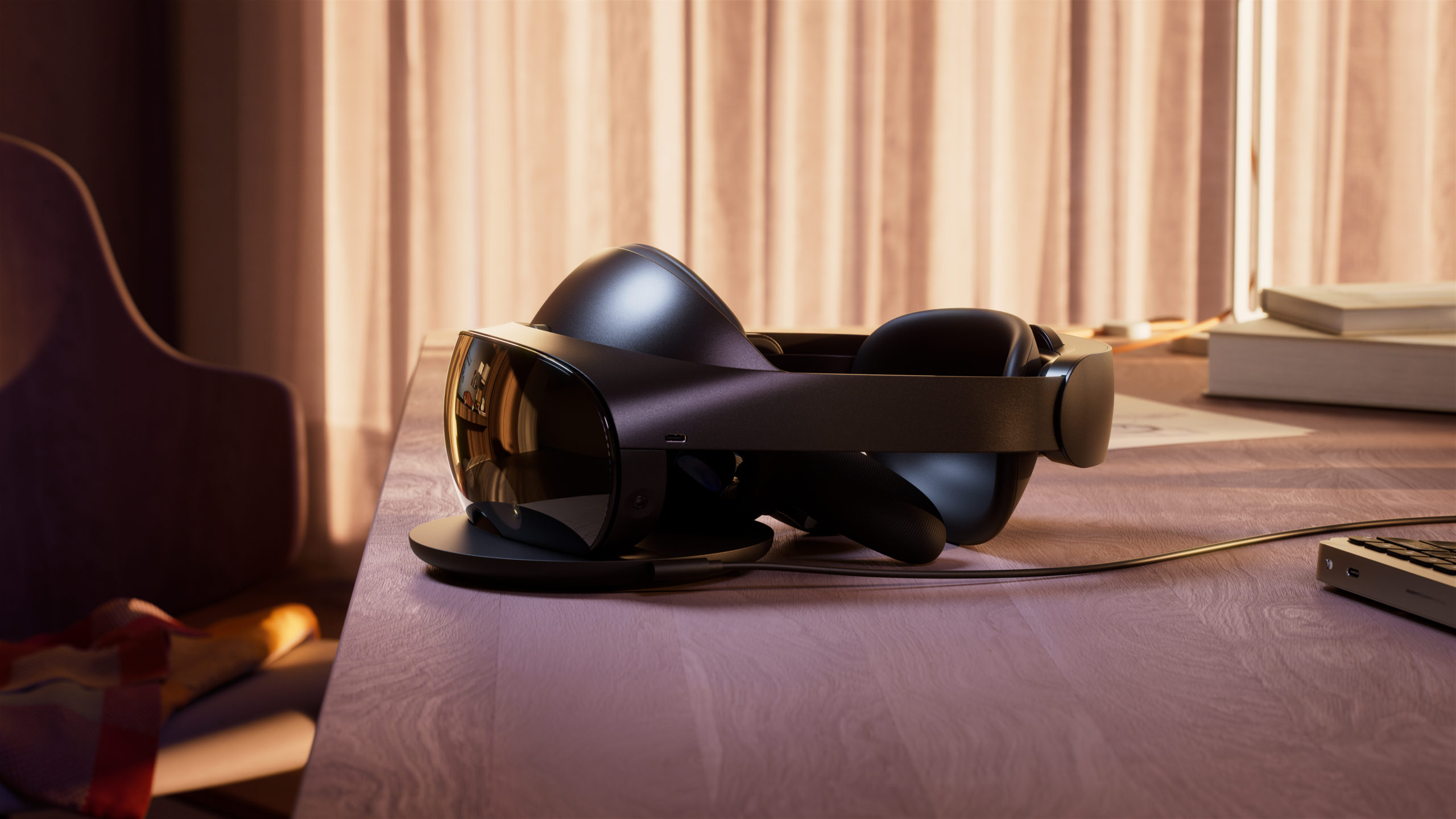Architizer Journal is reader-supported. When you buy through links on our site, we may earn an affiliate commission. Learn more.
Is virtual reality (VR) necessary in my design practice? Many architects — not only those with established careers and years under their belts but also recent grads weary of technological trends — question if there is any need to pivot and incorporate VR into their practices. Some see it as futile, others resist the digital era, but most designers reluctant to VR implementation are simply unfamiliar with this virtual world. Yet, there is a new paradigm for architectural visualization that is being shaped by virtual reality, along with its cousins, augmented reality (AR) and mixed reality (MR). Utilizing virtual reality as a visualization tool has become increasingly popular amongst designers as it offers a space for endless exploration and development. As the potentialities of VR continue evolving, here are a few reasons architects should consider investing in quality VR sets like the Meta Quest Pro to enhance their practice.

Whether it be to develop a design, contextualize a project or win over a client, the metaverse is making its mark in the architecture community. One of VR’s biggest advantages is providing a comprehensive understanding of space. When it comes to appreciating the detailed particularities of a site, 2D drawings and built models can only go so far. The beauty of VR is that it takes architectural visualization one step further and allows architects to deeply conceptualize and experience an environment. Through 360-degree views, VR can be incorporated at any stage of the design process. Whether it be to simply make sense of a space and its massing or to create a hyperreal experience with detailed elements, the possibilities are endless.
Top-of-the-line VR sets, like the newly-released Meta Quest Pro, are great gateways into the digital world. The Meta Quest Pro is packed with new and improved features which expand the possibilities of VR for architecture and ensure a comfortable and uncomplicated user experience. VR sets like the Meta Quest Pro are designed for collaboration. The device comes with a resizable screen that allows designers to organize their work however they please while simultaneously communicating with other users. Moreover, the Meta Quest Pro is especially handy for architects as they can collaborate in real-time while working with modeling software such as Akrio and Gravity Sketch.
https://www.youtube.com/watch?v=YaRastZmucQ
Compared to older models, this device boasts a wide color gamut, an expanded dimming range and an increased contrast ratio. Whether the designer is adding light features or sun studies into their design, the viewing experience will feel ultra-realistic and help accurately conceptualize a space. Equally, the controllers on this device have been upgraded to capture a greater range of motion and more precise operations. Designers can therefore replicate writing and hand-sketching directly in the virtual world! For designers who plan to stay immersed for longer periods of time, The Meta Quest Pro has been engineered to be more ergonomic and ensure long-lasting comfort.
VR lets architects visualize and experience a design long before it’s been built. However, it can also be used to strengthen client relations. Architects can share their ultra-realistic and immersive designs with clients to help strengthen relationships and solidify deals. Therefore, investing in VR is not only an investment in better design but an investment in a flourishing practice. Architectural approaches, practices and standards are constantly evolving and it is up to the architect to pivot when they feel fit. Nevertheless, VR sets like the Meta Quest Pro are tools not to overlook.
For more ways to supercharge your workflow, check out more articles in our Tech for Architects series, which includes our recommendations of Top Laptops for Architects and Designers.
